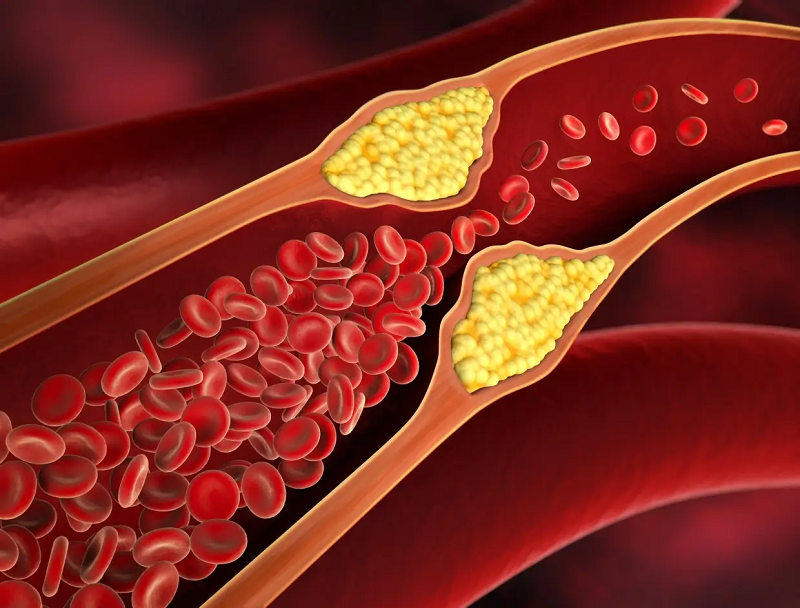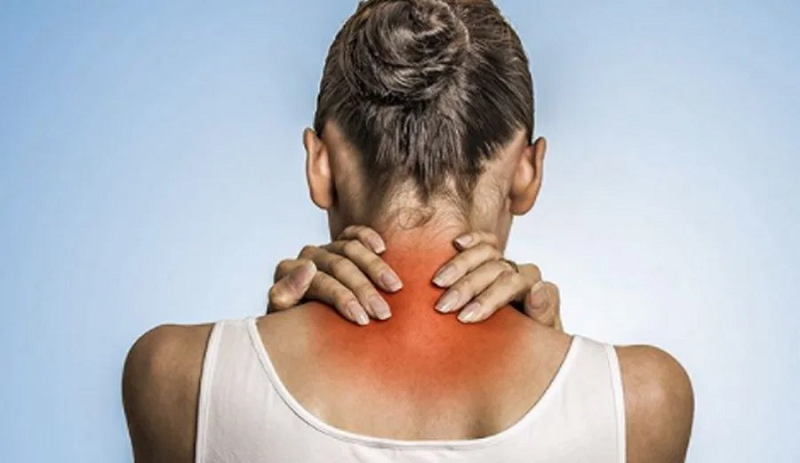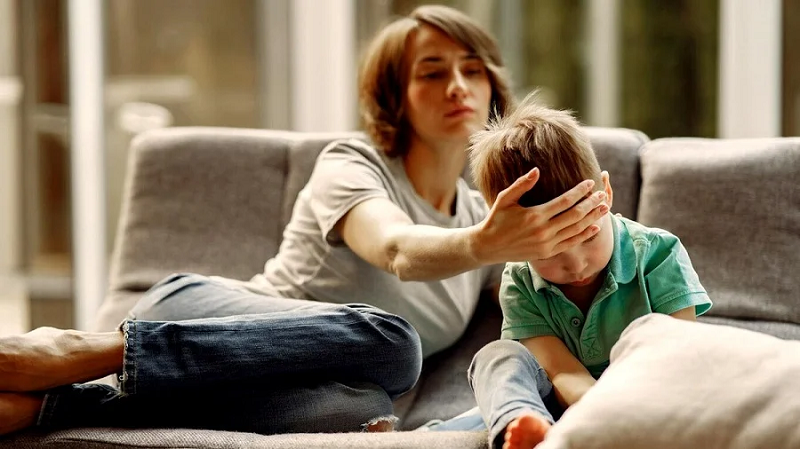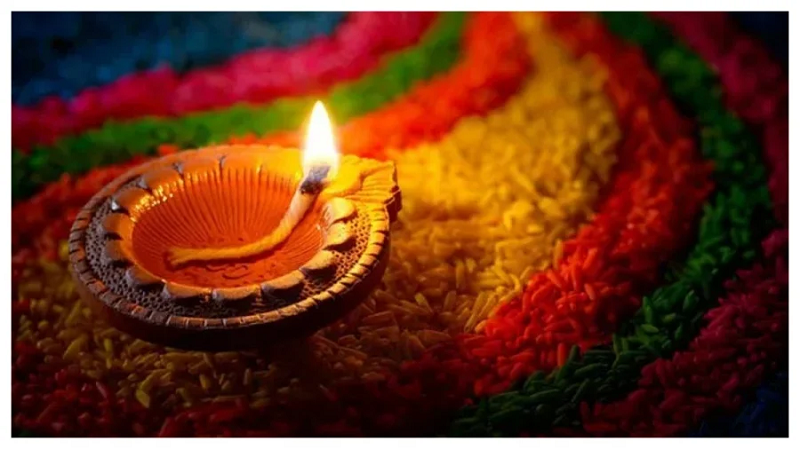High Cholesterol: These five signs are seen while walking... Do not ignore them even by mistake, you will avoid going to the hospital
- byManasavi
- 28 May, 2025

When the body gives some signals even while walking, one should be alert. These signs can come due to increased cholesterol levels, which are often associated with peripheral artery disease (PAD).
High cholesterol (hypercholesterolemia) is known as a silent killer, because often its symptoms are not clearly visible. However, when the body gives some signals even while walking, one should be alert. These signs can come due to increased cholesterol levels, which are often associated with peripheral artery disease (PAD). Ignoring them can be fatal. What are these signs, which need to be paid attention to? Let's know.
What is cholesterol?
Cholesterol is a type of lipid (fat), which the body also produces itself. It is also found in some food products like meat, eggs, dairy products etc.
1. Difficulty walking or climbing stairs
Pain in the legs is one of the early symptoms of high cholesterol, which is caused by PAD (peripheral artery disease). When cholesterol starts accumulating in the arteries, they become narrow. Oxygen supply does not reach the muscles properly. Due to this, one feels pain, fatigue or discomfort in the calves, thighs or buttocks while walking and climbing stairs.
2. Muscles start weakening
Blood flow is affected due to cholesterol accumulation in the arteries. Muscles start weakening due to lack of adequate oxygen. There is also difficulty in walking, standing for a long time and balancing the body. If such a condition persists for a long time, there may be a problem of muscle atrophy (shrinking of muscles). This can make walking even more difficult, especially this problem can be seen in the elderly or already sick people.
3. Feet get cold
Due to impaired blood circulation, one foot or leg feels colder than the other, this is especially felt after walking. In serious cases, due to lack of oxygen, the leg may turn pale or blue. Constant feeling of coldness in the hands and feet should not be ignored, as it can be a sign of serious blockage in the arteries.
4. Numbness and tingling
Due to obstruction of blood flow, numbness or tingling (pins and needles sensation) can be felt in the feet or toes. This happens especially during physical activity. Not getting enough oxygen can cause nerve damage. If this problem occurs repeatedly or for a long time, then a doctor should be consulted so that any complications like infection or ulcer can be avoided.
5. The color of the feet starts changing
Due to poor blood circulation, the color of the skin of the feet or legs may appear light or blue-purple. In severe cases, it can appear as cyanosis, in which the tissues start turning blue due to lack of oxygen.
Disclaimer: Some of the information given in the news is based on media reports. Before implementing any suggestion, you must consult the concerned expert.





